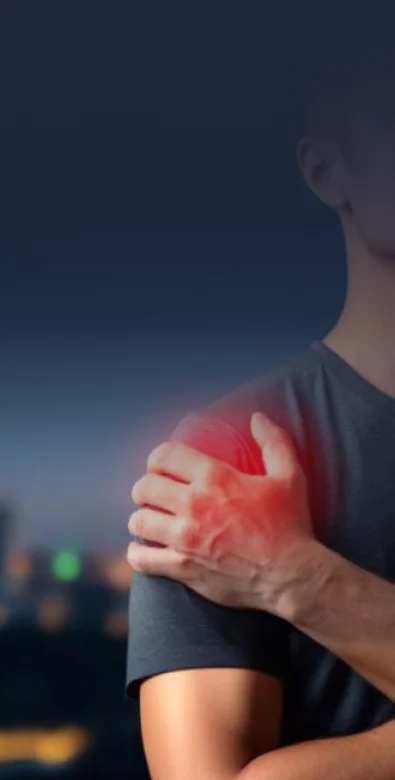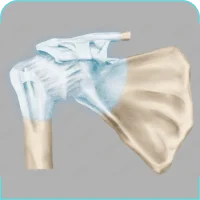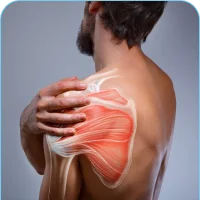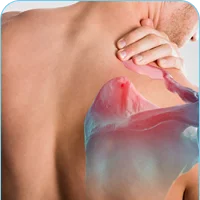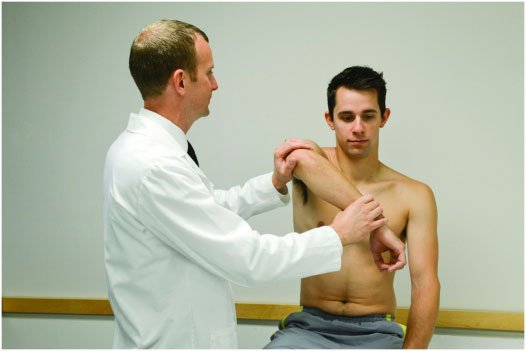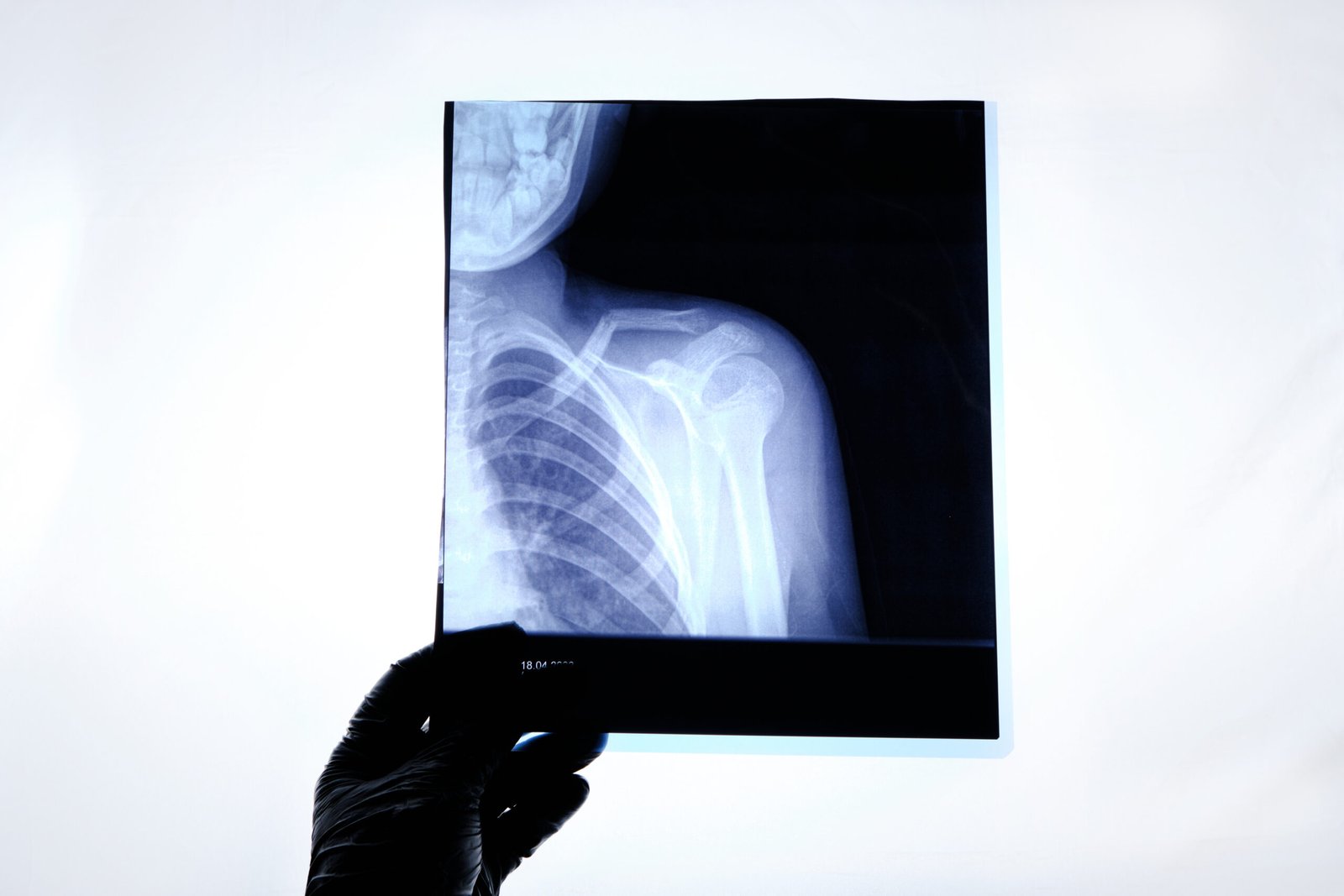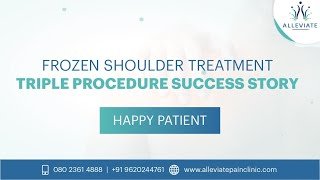Understanding Shoulder Anatomy
The shoulder is a dynamic and highly mobile complex joint that performs a great array of movements. It comprises: Glenohumeral joint: The rounded articulation type present between the humerus head and the glenoid cavity. Acromioclavicular (AC) joint: A connection between the clavicle and the scapula. Scapulothoracic joint: The moving point of contact between the scapula and the rib cage. The supporting muscles in the shoulder are: Rotator cuff (Supraspinatus, infraspinatus, teres minor, subscapularis). Deltoid, biceps, and triceps for active movements. Tendons and ligaments provide extra strength and promote movement. Understanding the anatomy of the shoulder can help in diagnosing and treating shoulder pain and enhance quality of life.
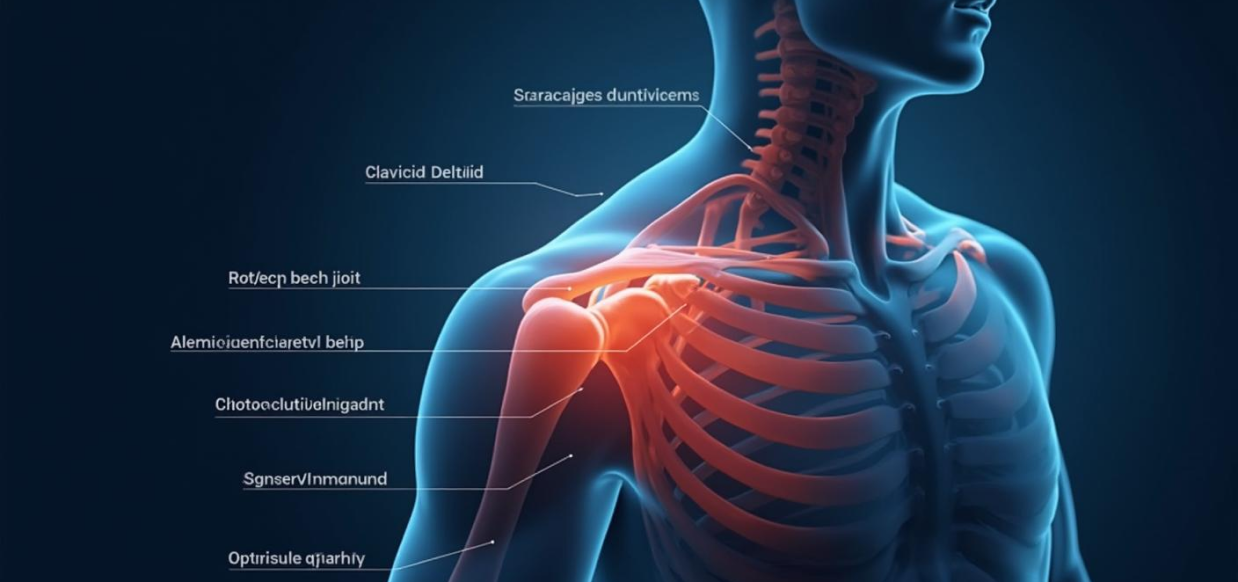
Best Clinic in Banglore For all Shoulder Pain Conditions
When searching for the best shoulder pain doctor in Bangalore, it is crucial to choose a clinic with a multidisciplinary and non-surgical way of approach. Alleviate Pain Clinic offers: Orthopaedic consultants and pain specialists with a speciality in shoulder pain treatment and related disorders. Modern advanced diagnostic methods (imaging, ultrasound guidance). State-of-the-art regenerative and minimally invasive treatments. Recovery and functionality-based patient-centred treatment plans At Alleviate Pain Clinic, we provide care of a world-class standard and pay much attention to the prevention of unnecessary surgical interventions.
When to See a Doctor for Shoulder Pain?
Consult a shoulder pain specialist in case you experience:

Constant pain that does not improve within 2 to 3 weeks.

Severe pain at night, disturbing sleep.

Redness, warmth, and swelling indicate imminent infection.

Restricted motion or impaired functionality.

Nerve damage, such as weakness or numbness.
Diagnosis of Shoulder Pain
An accurate diagnosis helps to tailor a shoulder pain treatment plan according to the unique needs of the patients
Our Approach To Non-Surgical Shoulder Pain Treatment

Nerve Blocks
Nerve blocks involve precisely injecting an anesthetic near specific nerves to interrupt pain signals. This procedure provides immediate relief and helps us diagnose the exact source of your discomfort.
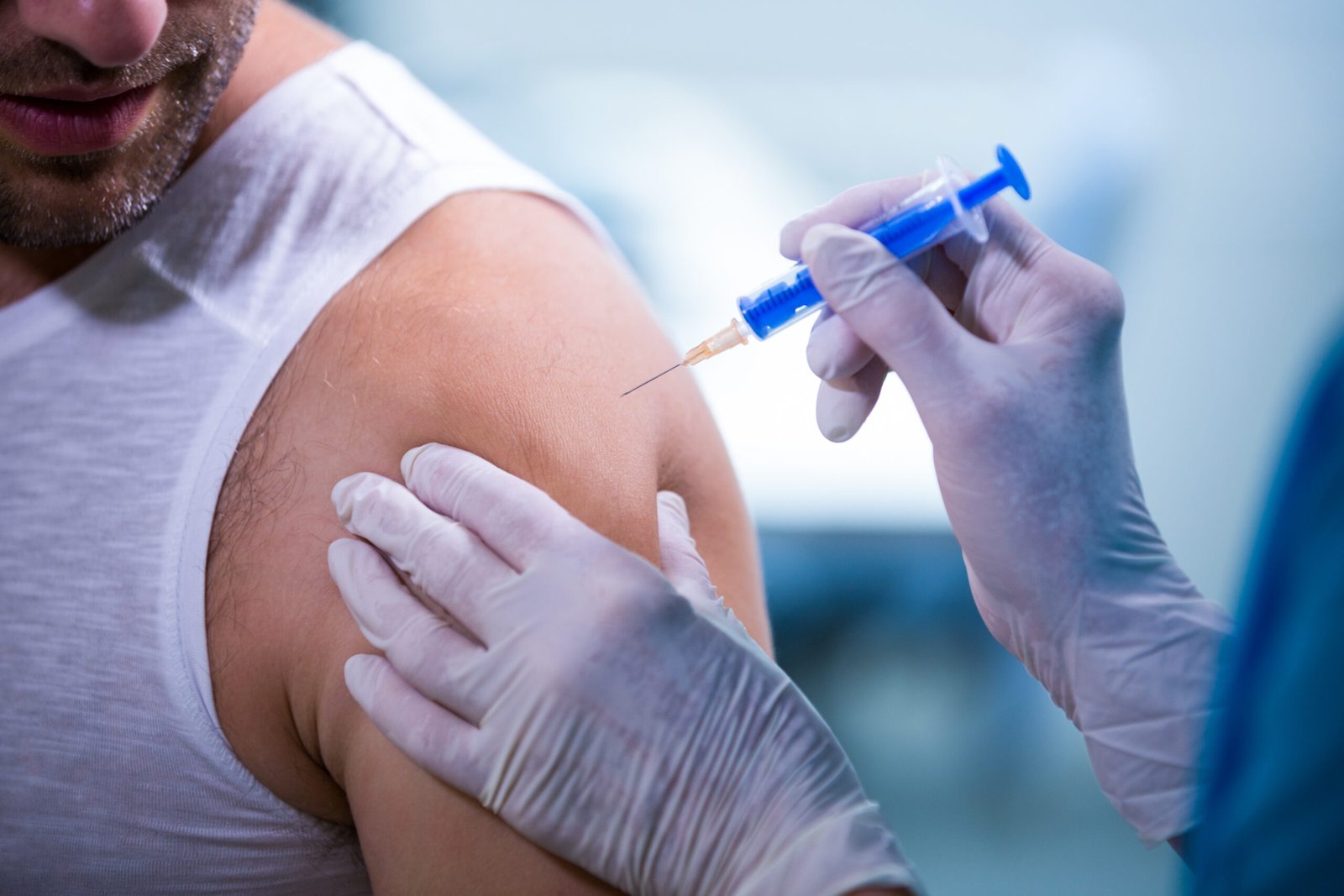
PRP (Platelet Rich Plasma Therapy)
PRP therapy uses a concentration of your own blood platelets to accelerate the healing of injured tendons, ligaments, muscles, and joints, promoting natural tissue repair and reducing inflammation.
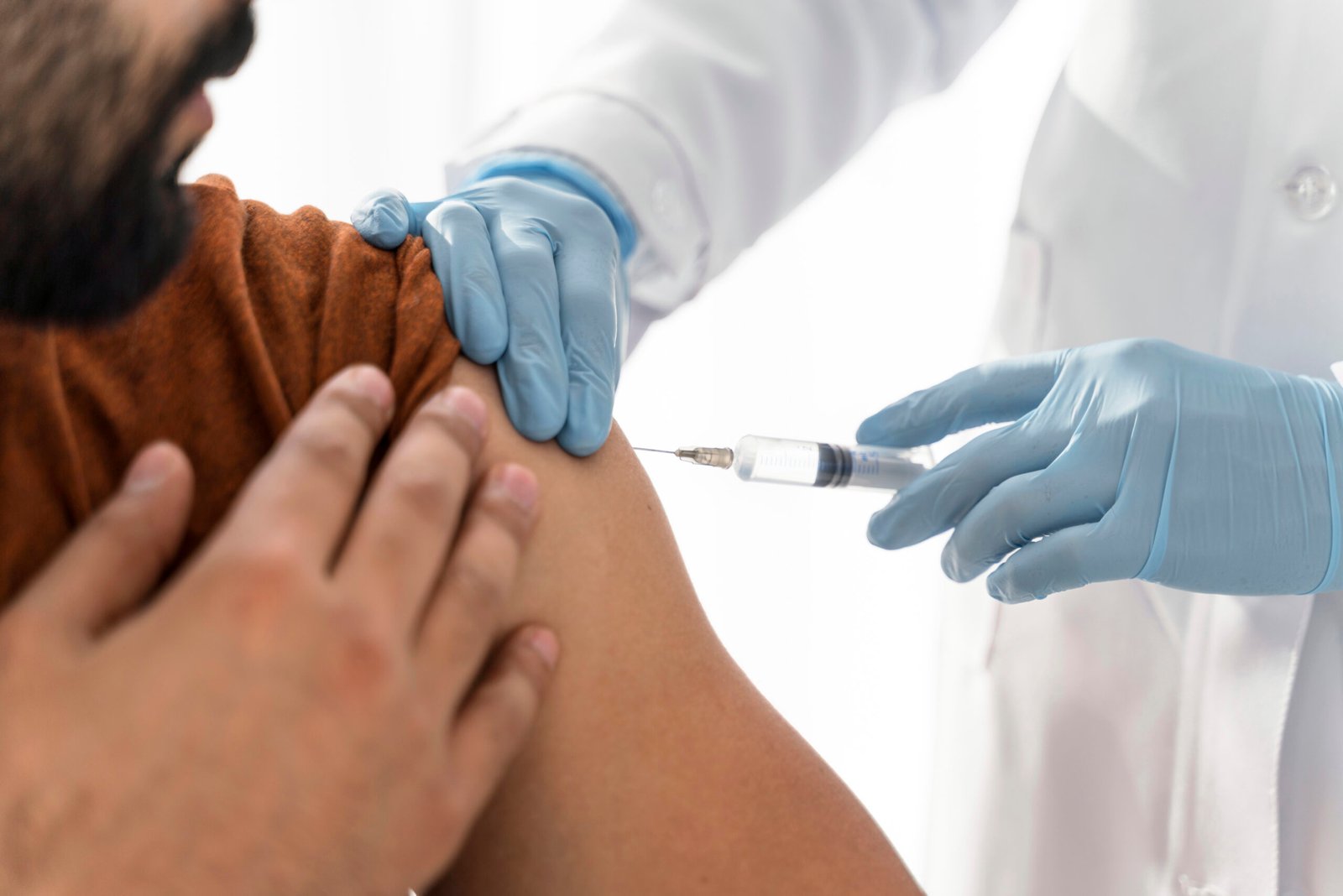
Prolotherapy
Prolotherapy is a regenerative injection therapy that stimulates the body’s natural healing process to strengthen and repair weak or injured ligaments and tendons, providing long-term pain relief.
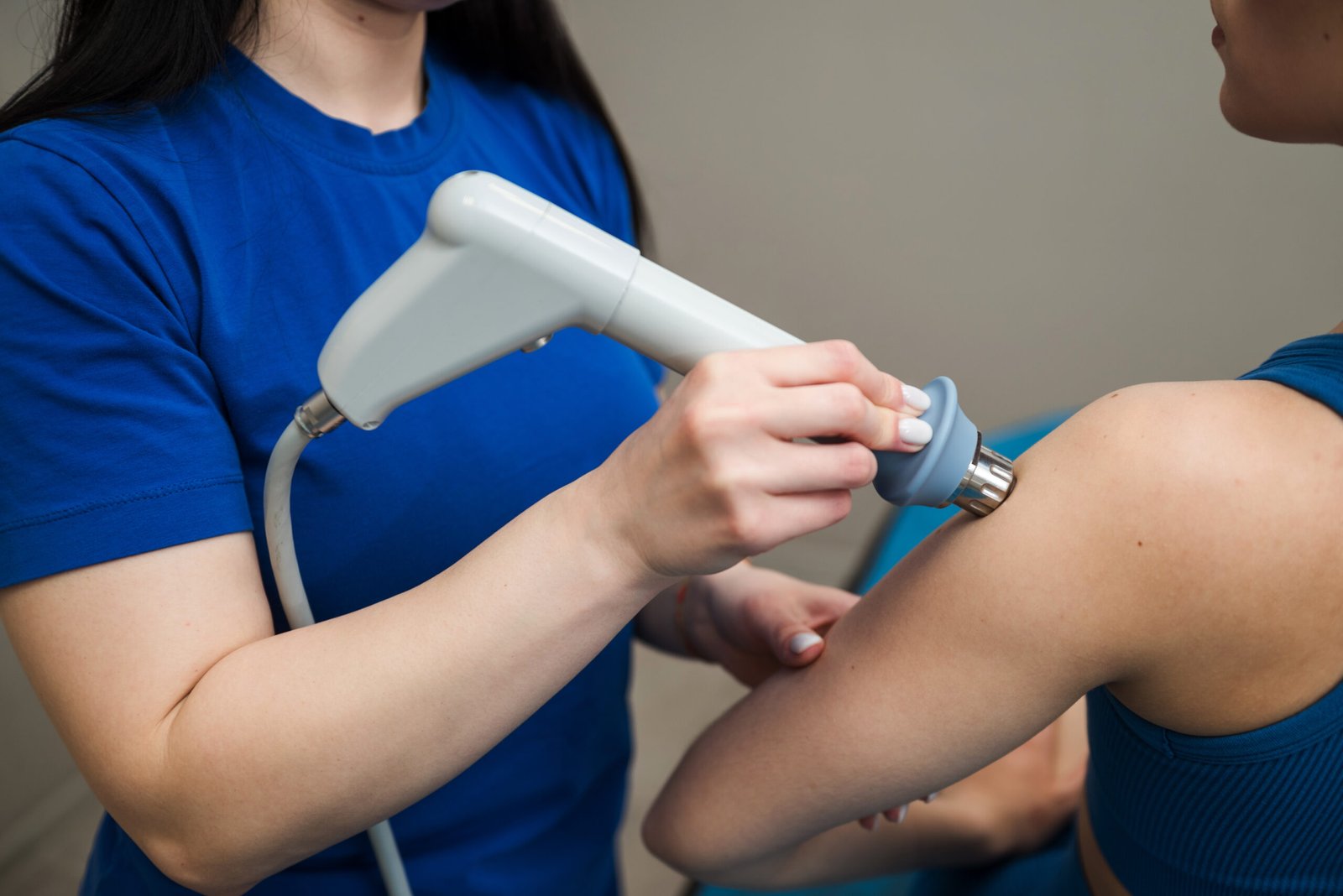
Radiofrequency
This minimally invasive procedure uses heat generated from radio waves to target specific nerves, effectively blocking pain signals from reaching the brain and offering lasting relief from chronic conditions.
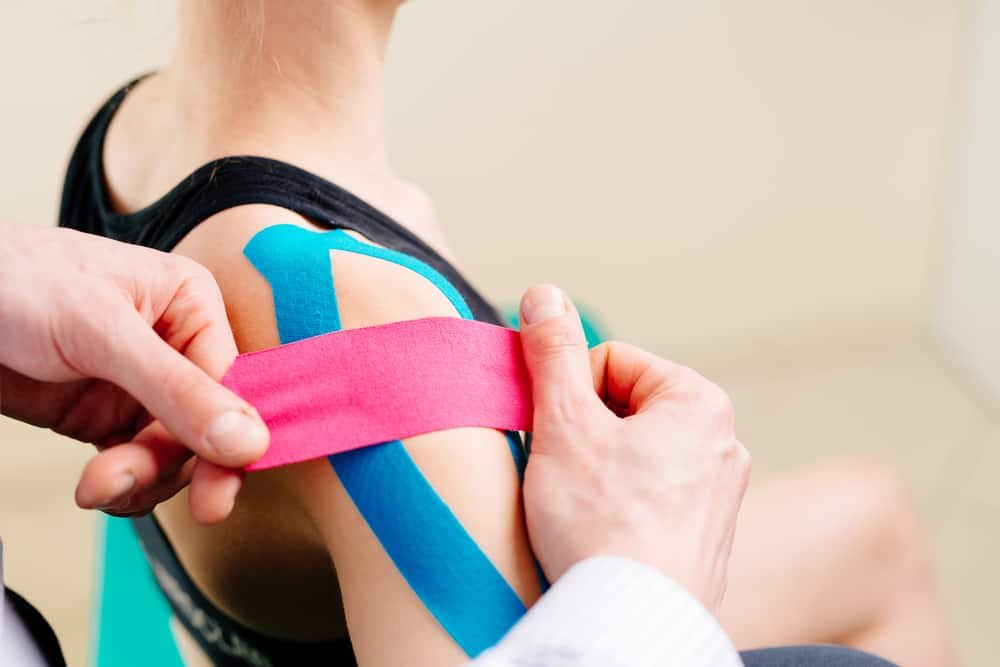
Physiotherapy
Our customized physiotherapy programs use targeted exercises and manual therapy to restore movement, improve strength, and reduce pain, empowering you to regain function and prevent future injuries.
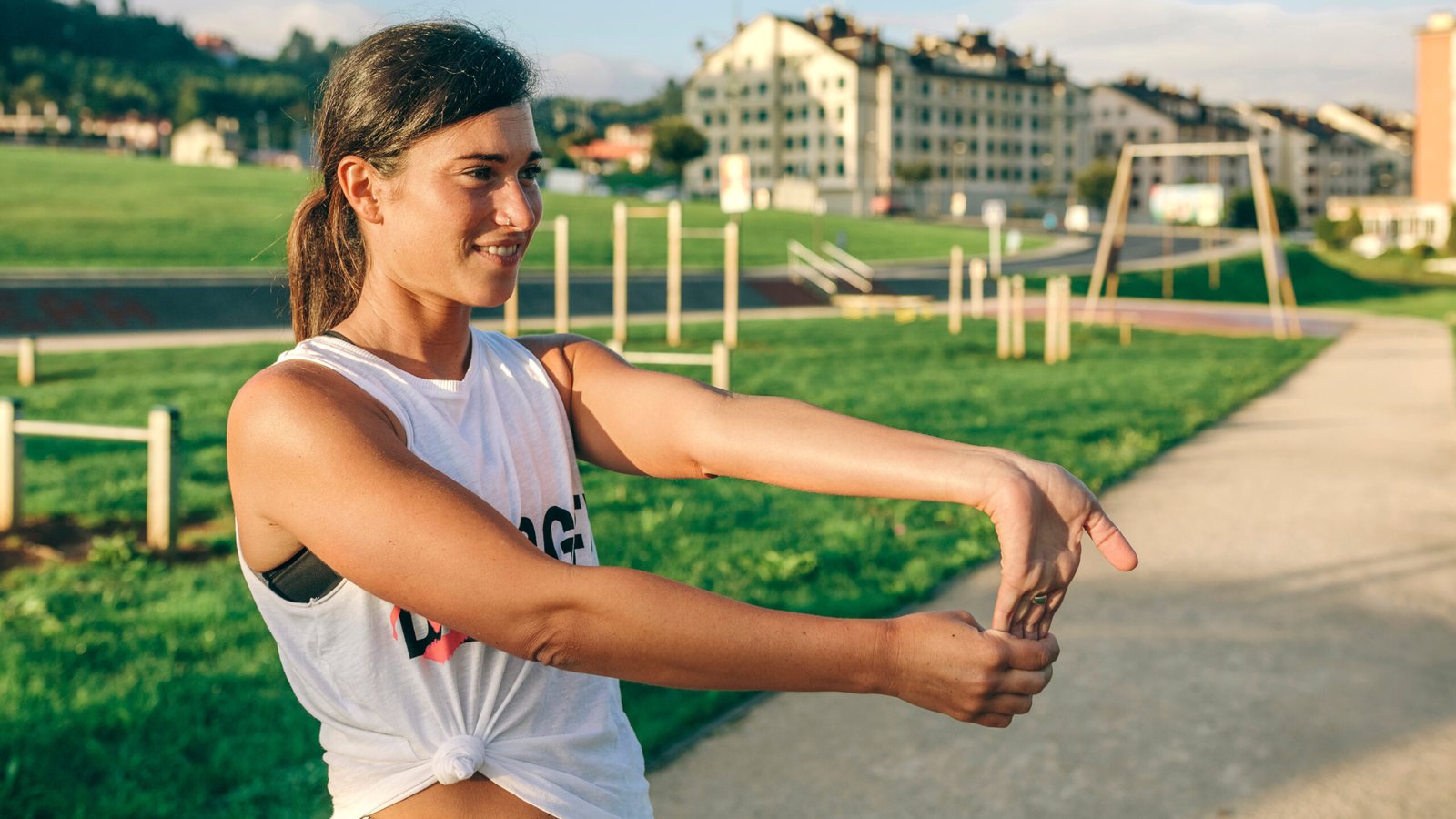
Lifestyle Changes
We guide you in making sustainable lifestyle adjustments, including nutrition, exercise, and stress management, to support your treatment, enhance recovery, and improve your overall quality of life.
How Are We Different from Other Clinics and Orthopedics?
When you seek a neck pain specialist near me, Alleviate Pain Clinic is the ultimate place to find an expert to treat patients with problems in the cervical spine.

Non-Surgical Treatments
Alleviate Pain Clinic specialises in advanced non-surgical shoulder pain treatment. Our primary aim is to reduce pain, restore mobility, and eliminate surgery by using evidence-based regenerative medicine, physical therapy, and guided injection with the best shoulder pain specialists who specialise in musculoskeletal care.

Quick Procedures
Most procedures at Alleviate are outpatient with low downtime. PRP injections, prolotherapy, and image-guided procedures are techniques that enable patients to re-enter the workplace and easily continue with their day-to-day lives, although they may require pain management activities.

Customized & Advance Treatments
Each patient is provided with a custom care plan tailored according to the diagnosis, severity, and lifestyle of the patient. Alleviate leverages ultrasound and MRI guidance, regenerative injection-based therapies, and progressive recovery strategies to provide timely, focused, and forward-looking care that becomes uniquely aligned with a particular patient's recovery objectives.
Our Doctors
Reviews
Our Clinics Gallery
Frequently Asked Questions
We provide comprehensive and non-surgical treatments for a variety of disorders related to the neck at Alleviate Pain Clinic. Our team consists of highly trained neck pain specialists who have expertise in precise diagnosis and treatments that are minimally invasive to deliver permanent relief.
The causes of shoulder pain may include a rotator cuff injury, a frozen shoulder, bursitis, tendinitis, a labral tear, and arthritis. It is also caused by overuse, trauma, poor posture, and repetitive motion. An accurate diagnosis is essential to identify the cause and implement the correct non-surgical treatment plan.




